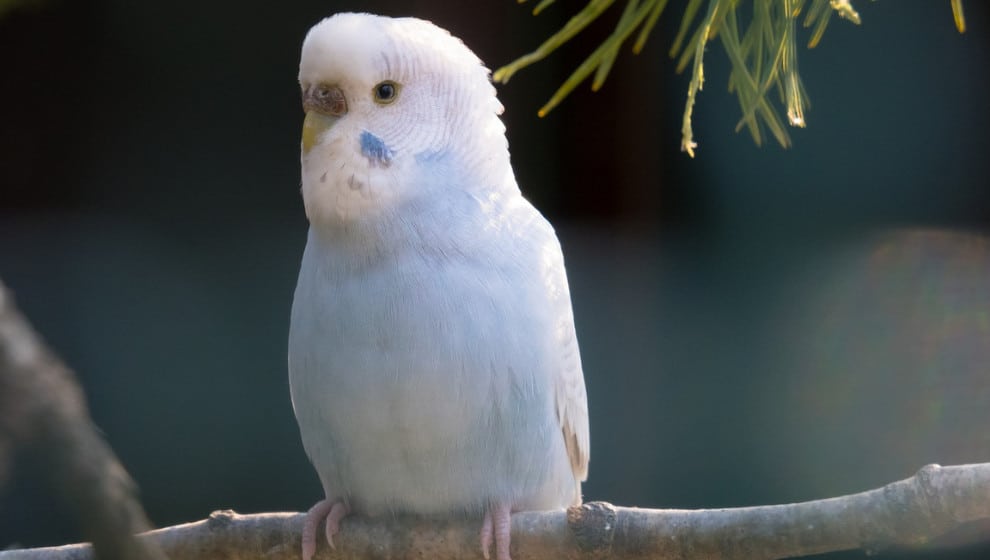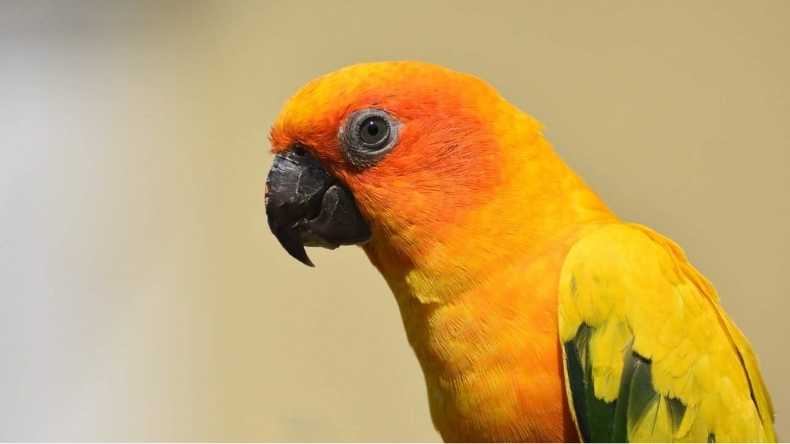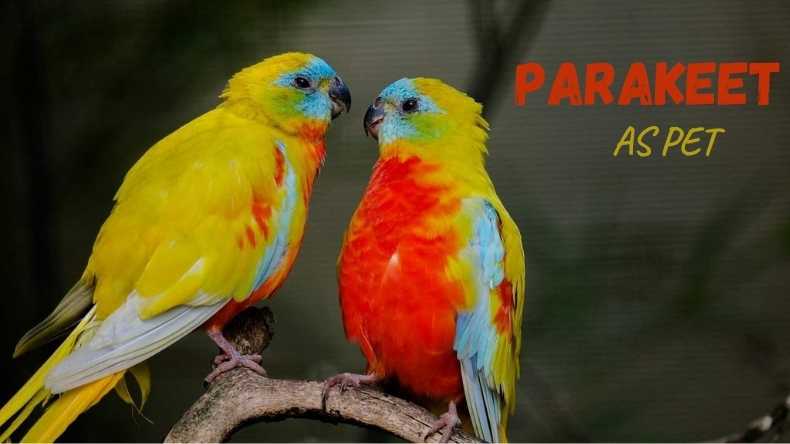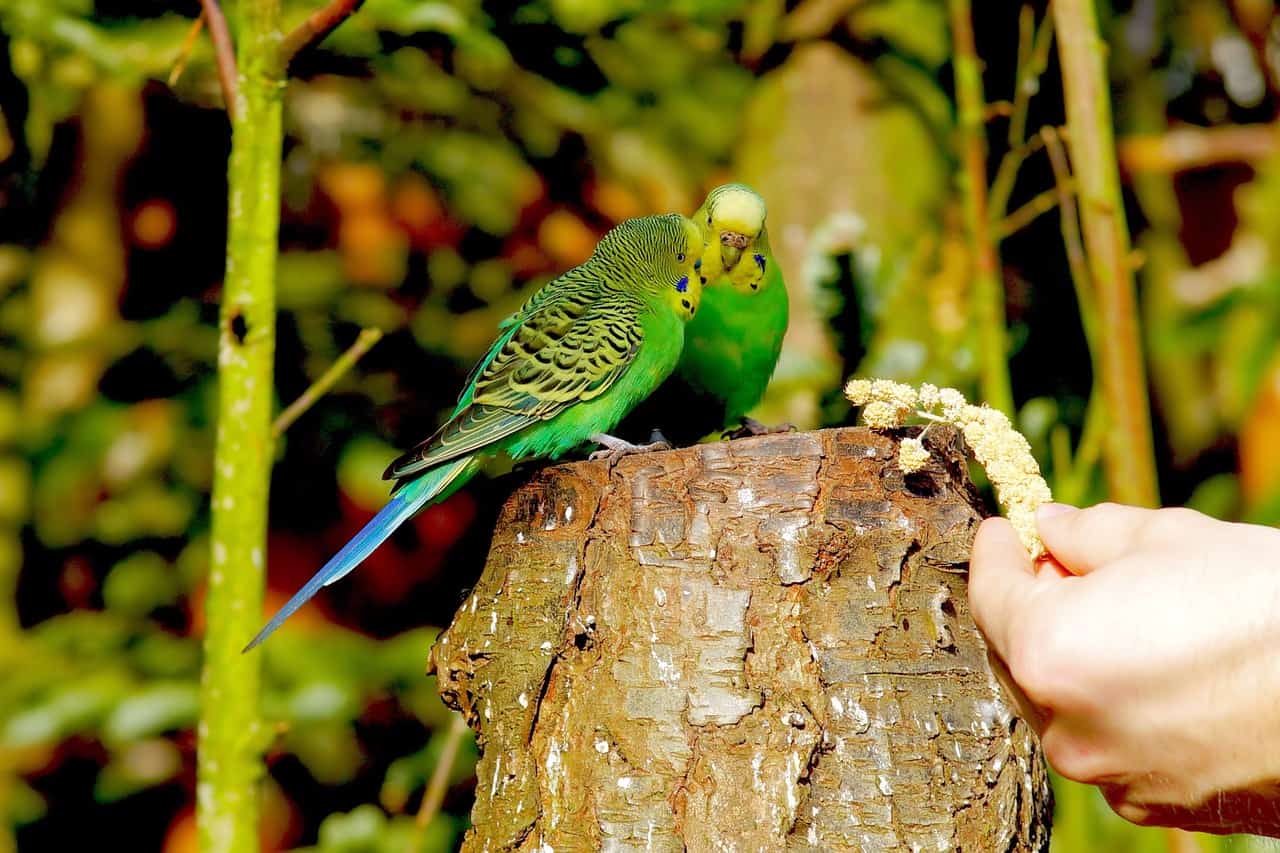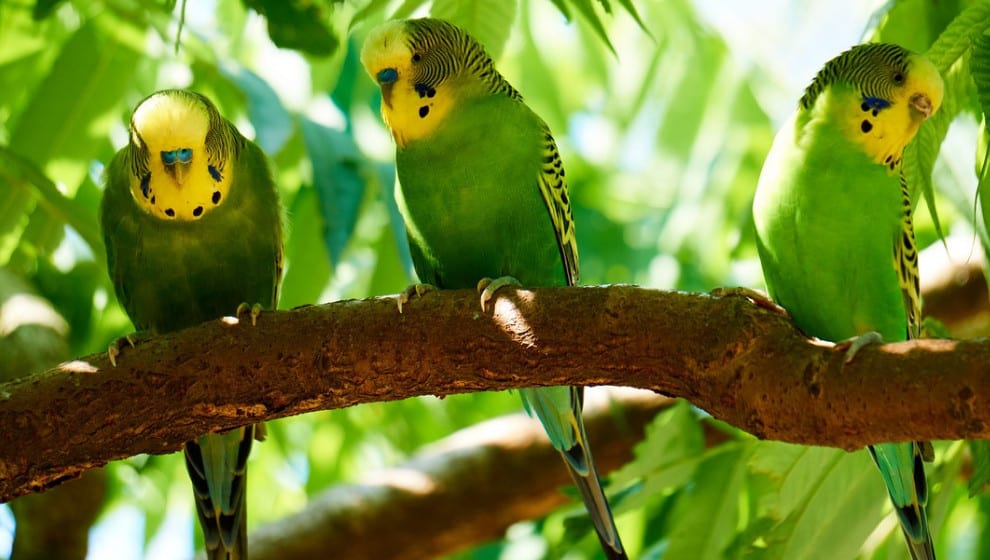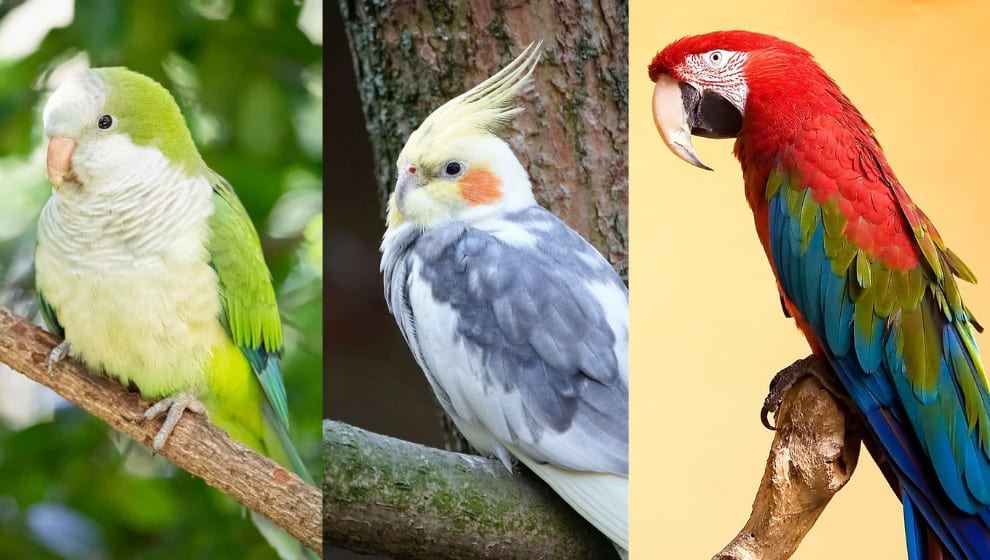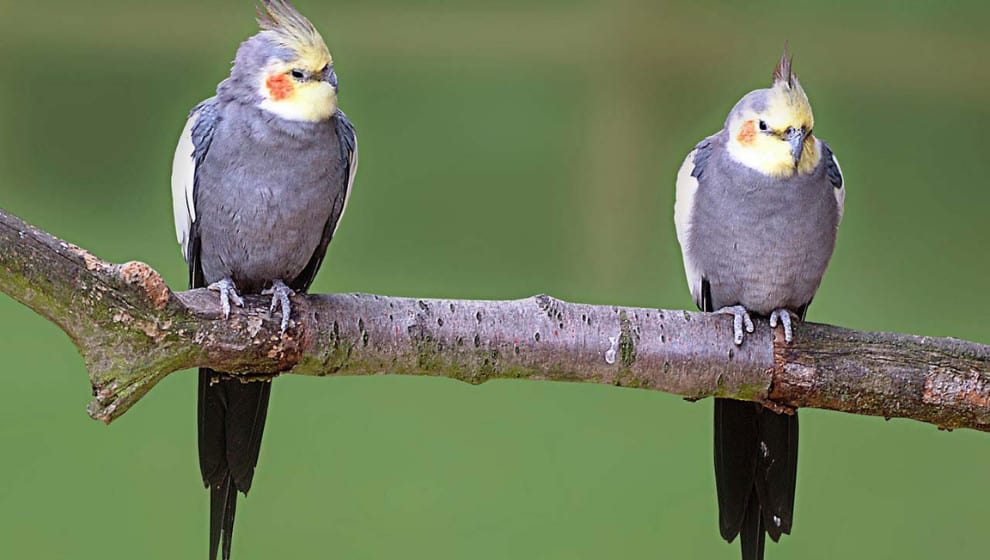Table of Contents
Parakeet Molting
Molting is when an animal starts to shed its feather to make its way for new growth. This process is usually seen in birds, such as parakeets, parrots and other feathery birds. The molting season is a quite difficult time for these little birdies the usual expected time for the molting season is spring or summer and fall or winter.
This molting season helps many birds to change their boring winter feathers into a new attractive suit for themselves, which also helps in attracting their partners during the mating season.
The molting and shedding frequencies usually vary from bird to bird. For budgies, it has been observed once a year only around springtime, but this time can range from few weeks to months depending on the individual cycle of a bird.
The first molting period for budgies starts at the age of 3 months, where they lose their baby feathers and get a new set of their full-grown birdie suit. If you also want to confirm the age of your budgie, then you can look for the lines on their heads; at first, they will appear as dark stripes, and those lines exceed from the forehead to his cere. These colored lines go above the beak touching their nostrils. If your budgie still has those lines, he is still under three months and hasn’t experienced its molting yet.
Signs Of Parakeet Molting
If you are a new pet owner of parakeets, then the molting season can be very surprising for you. Here are some of the signs and symptoms that will surely help you better understand how this season will arrive and how you can take extra care of your pet parakeet.
1. Physical Signs
When the molting season starts, you will notice the loss of feathers on the body of parakeets. That is quite noticeable even if you are a new pet owner; well, they still have enough feathers to fly but their cage will be filled with falls off unlike they do. After seeing your budgie like a tattered bird many owners get concerned about when the new feathers will grow? Well, the new feathers replace the old feathers very quickly and grow as pinfeathers. You can help your parakeet even in such hard times by helping them remove the hard shafts, particularly in places where they can’t reach. You can easily remove the shafts by rolling your fingers over their bodies, which frees the feather inside and falls them off. Usually, the molting doesn’t create big bald patches on their skin; however, you might be able to witness some small spots on the skin briefly.
2. Behavioral Signs
This molting can be very stressful for the number of parakeets, and it will get very obvious when once you see their behavior change. Parakeets usually flap their wings while resting or taking shorts, even powerful flits in their cages to loosen the feathers. Also, some birds might appear very sad or upset or even listless. Birds even get quiet during this phase and require more sleep than usual, so don’t worry about that.
Differentiate Between Molting Season And Sickness
Sometimes people don’t get the difference between normal molting phenomenon and illness and mix it with molting period; however, in such situations, you need to be very careful and keep a strict eye on your parakeets for that here are some differences which will help you in differentiating between molting and some disease/illness.
- Abnormal Molting in a Parakeet
- Frequent Molting
- Bald Patches
- Unusual Feathers
Why Is Molting Uncomfortable For Your Parakeet?
This molting process can take up to a few weeks. Usually, the parakeet has lost a major portion of its feathers, which easily grows back after molting. The process of molting gets twice the time difficult where parakeets usually fell ill.
For this reason, the molting season is not parakeet’s favorite season, and it has two major reasons:
First is, molting is quite a painful process, even if it is just a small shedding of the feathers. It requires a lot of energy and nutrients to produce new feathers. So if you see your budgies quite off during the molting season, try to understand their pain as it is quite obvious too. During these molting seasons, it has been seen that budgies prefer to sleep rather than singing all day long.
The second reason is, the pin feathers these days make the budgie quite itchy and uncomfortable. Besides encountering your budgie always sleeping and looking out for dark spaces, they will usually behave as grumpy, unlike normal days.
This irritating behavior is because of constant itchiness and the feeling of not having their good well-being state, along with constant illness. Even during the molting process, the birds usually don’t like to keep up with their owners, which is quite normal. Things will change once the molting process is over, as you can’t do anything to help your pets in this state; the best thing you can do is give them some time to get done with it on their own.
Does Molting Make A Parakeet Sick?
1. For Parakeets, It’s Normal.
As we talked about, this molting season looks very painful to us, but it is quite normal for parakeets, and they go throughout this phase their whole little lives. This phase will start when parakeets are around 12 weeks old and again molt after a year. This molting makes the parakeets look like an ugly, feather-less tumble-down bird but when the new feather replaces the old one they look as brand new. However initially, it makes them very uncomfortable and itchy.
2. Molting And Illness
The natural molting process normally doesn’t make your pet parakeet sick. There are possible chances that your parakeet might get sick due to normal conditions and constantly feeling low. The major reason is that feathers help the birds to stay warm and insulate their body temperature. Still, due to excessive loss of feathers, they can catch a cold and may get sick. So if your parakeets get sick during their molting period, there are chances that your parakeet might face difficulty growing healthy feathers back or might not even be able to grow back feathers anytime soon.
Although the natural molting process doesn’t make the birds sick, but if your budgie gets sick then visit your vet immediately if you witness your pet in the worst conditions.
What Can You Do To Make Your Parakeet Comfortable During Molting?
If you are about to experience molting for the first time as a pet owner, then it will be quite a disturbing experience for you. Normally you can cheer your pet during this phase and make them feel less ragged about their situation. Physically they might look very sick because of their molting and loss of feathers. Many pet owners get very worried during this phase. Still, for parakeets, it is quite usual and natural. You will get notified with this molting season by witnessing more than usual feather loss in their cage. You are mentioning down the list of few things that can be done for your budgies until you don’t see any pinfeathers.
Daily Bath
Not sure if your budgie will appreciate this watery bath offers, but the number of budgies does like to take a bath during their molt. If your budgie doesn’t like baths, then you can try up with a spray bath.
Improve Their Diet
There is special food available for budgies to feed them during their molt. If you don’t want to spend extra money on that, try giving them extra food than usual, considering the mix of portion diets, such as fruits, veggies, pellets, and seeds.
Keep Them Warm
To keep them is the main thing you should focus on as, during the molting season, budgies are prone to catch a cold. Even though they come from harsh environments, taking extra care of them during this phase is quite necessary as there are higher chances of getting sick.
Extra Hiding Spots
During the molt, budgies look out for hiding spots as they usually don’t feel very good about themselves. They want a hiding shade due to fewer feathers on their bodies. So especially during this season, do provide them extra coverings.
Scratching Them
Due to the pin feathers on the parakeet’s body, they feel very uncomfortable and itchy; you can also help them by scratching over their body which even helps in sorting feathers and helps pinfeathers to fall off very easily.
Conclusion
As we know, this time of the season is not pretty much welcomed by the budgies, which is quite difficult for them. But it is very necessary, and luckily when your bird has you around them, you can make their suffering less discomfort for them.
Extra care is compulsory during this phase, but keeping a check on your budgie’s molting period is quite necessary. Suppose you see any unusual molting time or excessive bald spots, including lethargy. In that case, there are chances that something is just not right with your budgie. So don’t miss out a single second and visit your vet. It’s better to be safe than being sorry!

